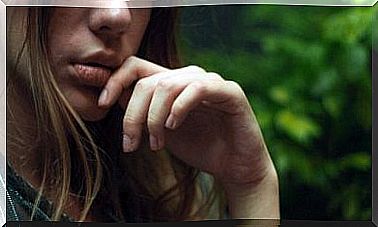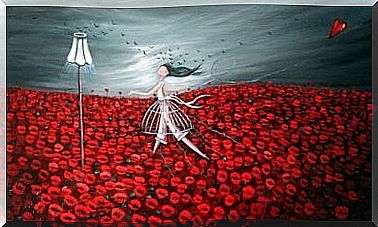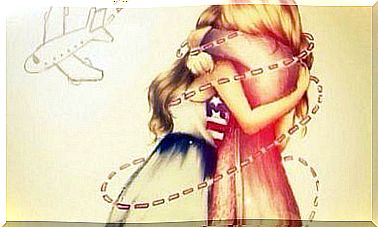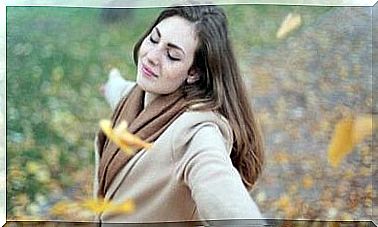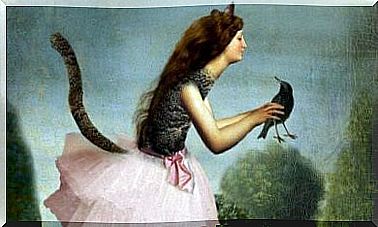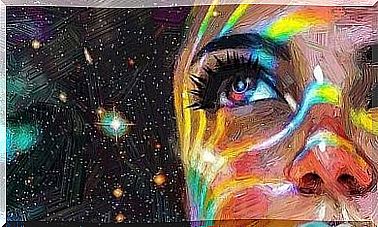Coloring In, A Therapeutic Satisfaction
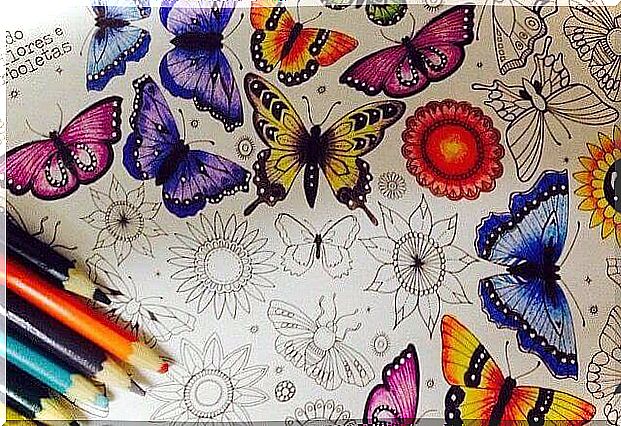
Coloring, the simple act of coloring in bare surfaces, is more than just trying to create something new. It is an exercise for liberation, for connection with our inner being.
You probably associate the practice of coloring with your childhood. The smell of colored pencils and these images ready to come alive are without question part of our beloved past.
You may be interested to know that this art has become more than just homework for children in recent years. Coloring has become a therapeutic exercise and is used in various types of rehabilitation programs to treat disorders and illnesses.
And it didn’t stop there: outside of clinics, coloring has also become fashionable and numerous coloring books aimed at adult audiences have been published.
And the purpose of it all? It’s called anti-stress art, but in reality it’s much more than that.
Coloring pictures means leading our minds into fantasy worlds, magical worlds in which one can take a step back from everyday problems for a while and enjoy the simple activity of coloring in a series of complex pictures.
Young authors like Johanna Basford are getting very positive feedback with their books these days. Two of her books, “Secret Garden” and “Enchanted Forest”, are examples of an editorial success that has brought millions of adults to this therapeutic and liberating art.
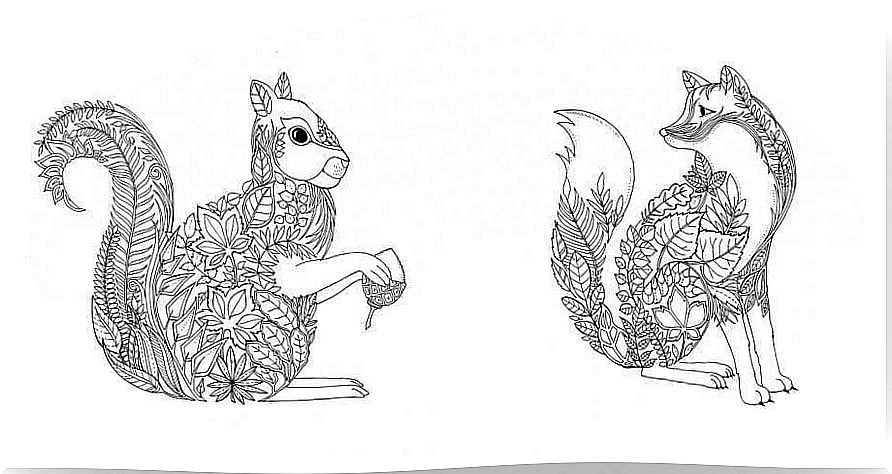
Coloring in, a very beneficial clinical therapy
While the recent success of this type of book is due to a new audience who just want to enjoy the simplicity of the art of drawing and painting , the practice of coloring has long been a prominent part of cognitive rehabilitation.
-People with different types of dementia or neurological diseases can benefit greatly from this exercise, which improves psychomotor coordination or spatial orientation.
-It is a simple exercise that promotes a state of inner calm and the development of basic cognitive processes such as concentration on a specific task, creativity and motivation.
– It creates an inner connection through which the mind leaves the outside world behind for a moment in order to surrender to this personal dimension temporarily, to process emotions with the help of colors and to free itself from fear or stress.
-Children with different types of needs or disorders can benefit, for example, from coloring mandalas, a task that is already very high on the psycho-pedagogical level.
Coloring is a silent activity in which you practice inner poetry, indulge in a multitude of emotions, and in which the world appears harmonious for a short time. Everyone can benefit from this exercise.
Coloring, a silent activity of everyday liberation
Why not? Followers of this art form describe coloring as a very relaxing and enjoyable exercise.
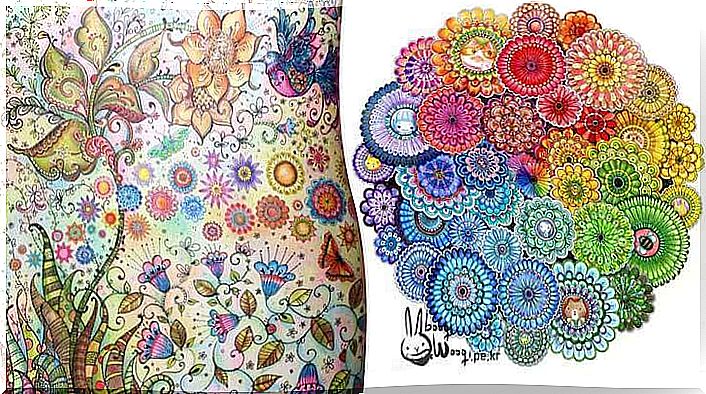
Just opening the bland pages on which we are invited to immerse ourselves in complex fantasy worlds can be very exciting.
Some use a felt-tip pen, others use colored pencils or crayons. No matter how they paint, they all agree on their opinion: it is an art form that makes it easy to deal with stress because it offers us:
-While coloring , we use both halves of the brain, we control the imagination with the logical, the precision with the inventive and the concentration through inner liberation.
-You don’t have to want to get rid of stress to start coloring. That is, the life of everyone who buys these books is not determined by pressure or fear. Under no circumstance! Most people paint because of the aesthetics and because painting appeals to their artistic and creative side that each of us has.
-Everyone has some problems and will therefore be able to immerse themselves in the pictures, or simply because one is curious or enthusiastic about art. No matter what the motivations are, regarding the positive, relaxing effects, there is consensus.
Sometimes, when other forms of therapy fail, exercises such as coloring allow the person to enjoy independence for a brief moment. This connection created with our inner being can be a very cleansing exercise.
A fun fact: Carl Gustav Jung practiced the art of coloring mandalas. For him, the circular images had a healing effect on his soul. That is why most of the books sold today always feature fascinating illustrations that incorporate circular shapes.
When someone draws or paints, he trains his mind. First of all, we look for information, we internalize the drawing, and then we choose colors according to our personal preferences. And as we do this, we meditate, organize our ideas, and free ourselves from tension. Can there be anything more beautiful?

